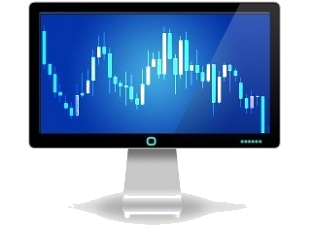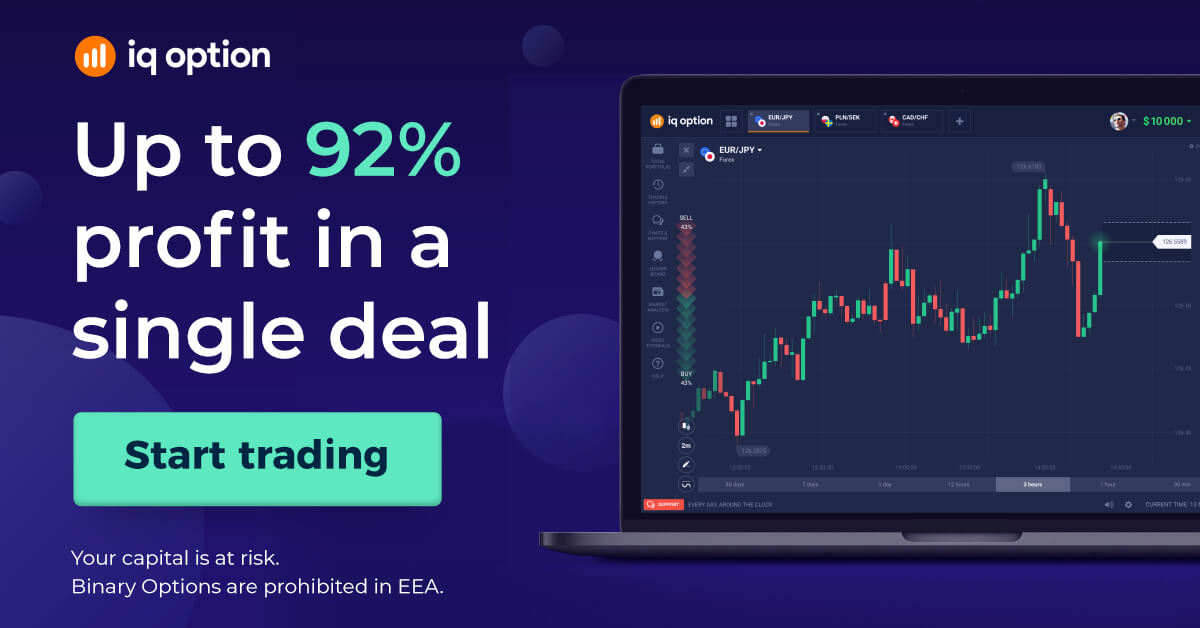US Vice President Mike Pence and Commerce Secretary Wilbur Ross will go to Japan this week. In addition to regional security issues, trade relations will likely be featured. Earlier this year, US President Trump and Japan’s Prime Minister Abe agreed to hold bilateral trade talks, led by Pence and Japan’s Finance Minister Aso. Ross, charged with reducing the US trade deficit, will join in some Tokyo talks.
After withdrawing from the Trans-Pacific Partnership negotiations, the US is exploring the possibility of a bilateral trade agreement with Japan. This possibility has long been suggested, but it is not clear the priority the Trump Administration will give it. It had seemed that renegotiating NAFTA was given top priority. Earlier this month, China and the US agreed in principle to begin “cabinet-level” trade talks. Ross apparently is seeking additional concessions from Japan in addition to what was offered under TPP. Ross characterized those concessions as “minor gains” for US agriculture and intellectual property rights.
Ross, like many others in the Trump Administration, views the Bretton Woods process as apparently building a multilateral system, one that’s flawed. They seem to think that the WTO and IMF have contributed to the US trade deficit. The rolling 12-month average of the US trade deficit peaked nearly 11 years ago. In August 2006, the 12-month average shortfall hit $67.82 bln. As of February, it stood at $41.95 bln.
We are struck by the naivete of the understanding of trade implied. Below the claims, there seems to be the belief that 1) if exchange rates are truly floating and 2) if there is truly free trade, then there should be no sustained trade imbalances. That the US runs a chronic deficit is evidence of some malfeasance in either the first or second part, or both.
To be sure, there is clearly room to more robustly enforce existing trade agreements. The conflict resolution mechanisms are as important a component of free-trade agreements as the rules themselves. The US does not have free-trade agreements with the EU, Japan or China. As of the end of 2015, the US recorded a small trade surplus (goods and services) with the 20 countries with whom it had free-trade agreements.
Ross argues that the US is far less protectionist than Europe and Japan. While this may sound intuitively true, the reality is far more complicated. Is Europe, for example, really being more protectionist if they shun genetically modified foodstuffs? What about domestic content provisions? The shift of Japanese auto and auto parts production to the US was spurred by “voluntary export restrictions,” which passed GATT’s (predecessor of the WTO) muster, and weren’t regarded as protectionist. The same is true of orderly market agreements, and the textile quota system. It is generally understood that non-tariff barriers to trade are now of greater significance than tariff barriers.
Moreover, trade does not simply take place between two separate firms in two different countries. It is estimated, for example, that intra-firm trade (movement of goods between different parts of the same company) account for nearly a third of trans-Atlantic trade. Intra-firm trade may be less vulnerable to short-run swings in foreign exchange prices.
In recent years, trade experts have developed more sophisticated tools that compliment the 19th century understanding of the balance of payments. The traditional approach was simply interested in goods crossing national frontiers. However, more modern approaches have looked at ownership and value-added aspects of trade. The former has been presented for over a decade by the Bureau of Economic Analysis in the Survey of Current Business.
In the January report, preliminary 2015 figures were released. US companies service foreign demand by exports (the traditional way) or by local product via by affiliates of US companies. Taking into account the net receipts of these foreign sales generates a different picture of trade. For example, the traditional measure of exports and imports shows the US with a $500 bln trade deficit in 2015. However, when the receipts of the local sales are taken into account, the deficit is cut in half ($235 bln).
The fragmentation of production and the global supply chains prompted the OECD and the WTO to introduce a trade in value-added (TiVA) database in 2013. It covers 18 industries in 57 countries. Rather than focus on the movement of goods over borders or the ownership of the goods, TiVA is interested the value being added at different stages of production. Current practices do not recognize a distinction between intermediate goods and final goods, which often leads to double counting.
The iPhone is to TiVA what the Big Mac is to purchasing power parity; a simple example that illustrates the forces at work. Consider that the manufacturing of the iPhone (4) took place in China and the cost was $187.51 at the factory gate. When it exports that phone to the US, conventional accounts will show the US deficit with China grew by that amount for each phone. What the TiVA approach shows to make the iPhone, China imported $80.05 parts from South Korea, $22.86 from the US, $20.75 from Taiwan, and $16.08 from Germany. The list goes on and China, among others is at the bottom of the list. China’s contribution: $6.50.
A study by the Asian Development Bank found that the iPhone swelled the US trade deficit with China by $1.9 bln. However, when the value-added is adjusted for, the bilateral deficit widened by a meager $73.5 mln. Attributing the origin of the final good to its last port of call has become increasingly misleading as production has become more fragmented and trade is not simply conducted in final goods.
If US negotiators do not incorporate these new sophisticated understandings of trade into their worldviews, they may find as President Trump has about health care, trade is indeed complicated. They may also find that they are regarded as the ancient Rome tax farmers trying to wring extra tribute from the empire. The ownership framework for the current account and the trade in value-added are not mere sophistry but suggest trade is not as worrisome as Ross and others suggest. Poor little America is not being taken advantage of to the extent some claim, relying on arcane statistics and approaches. As numerous studies have shown, technological advancement is a bigger threat to employment than Europe, Japan, or China.
























































